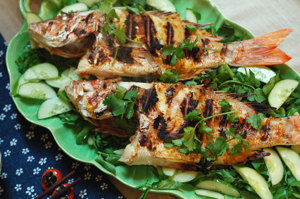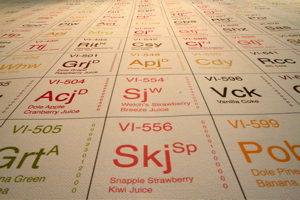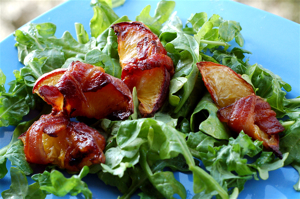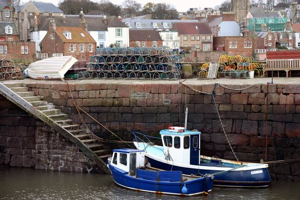
My first summer in San Francisco, I bought a little Weber and installed it on my fire escape. Within two minutes of lighting its inaugural pile of charcoal, I answered my doorbell to find an irate neighbor pointing at the flames and reminding me that all the houses in our neighborhood were constructed of wood. My poor Smokey Joe was instantly retired. Since then, I’ve explored various safer ways to char my food and finally, after quite a few years, settled on a system that actually works.
Author: Thy Tran
The Art of Consumption: Arthur Huang & Mary V. Marsh
The work of Arthur Huang and Mary V. Marsh, perfectly calibrated for this age of confessional eating and exhibitionist documentation, examines the minute rituals of food. Currently on exhibit at Mercury Twenty Gallery in Oakland, the two artists explore our culture of consumption, how we ingest ideas, relationships and expectations along with a few basic nutrients and our daily dose of caffeine.

Continue reading “The Art of Consumption: Arthur Huang & Mary V. Marsh”
Japanese Tradition: How to Eat at a Sushi Bar
During a discussion this past week about authenticity, someone asked me what I thought about Japanese restaurants run by Koreans, while another person asked my opinion about the Japanese government’s desperate fight around the globe to save sushi. Continue reading “Japanese Tradition: How to Eat at a Sushi Bar”
Picnic in the Park: Bacon Bites

We each need a good food buddy or two. Mine is a petite Filipina who can eat anyone under the table. Cindy modestly claims it’s all about the pacing, but those of us who’ve had the pleasure of dining with her know that it’s really 1) her absolute love of anything sweet, sour, spicy or savory, and 2) a secret second stomach.
How to Talk Like a Maine Lobsterman
 Nothing evokes special occasions like a lobster with drawn butter, but there was once a time when they were considered poverty fare. Fed to orphans, prisoners and indentured servants, lobsters from the Northern Atlantic did not appeal to early colonists.
Nothing evokes special occasions like a lobster with drawn butter, but there was once a time when they were considered poverty fare. Fed to orphans, prisoners and indentured servants, lobsters from the Northern Atlantic did not appeal to early colonists.
It took the canning craze of the 1950s to spread the taste of lobster beyond New England, and since then, the red, beady-eyed crustaceans appear on casino buffets and surf-and-turf menus in every state. There’s debate now about whether the lobster industry is the best it’s ever been or on the verge of collapse, but Maine lobstermen are working closely with marine biologists to develop sustainable practices. It’s the older, more labor-intensive, back-breaking ways of early lobstering that will save the industry.